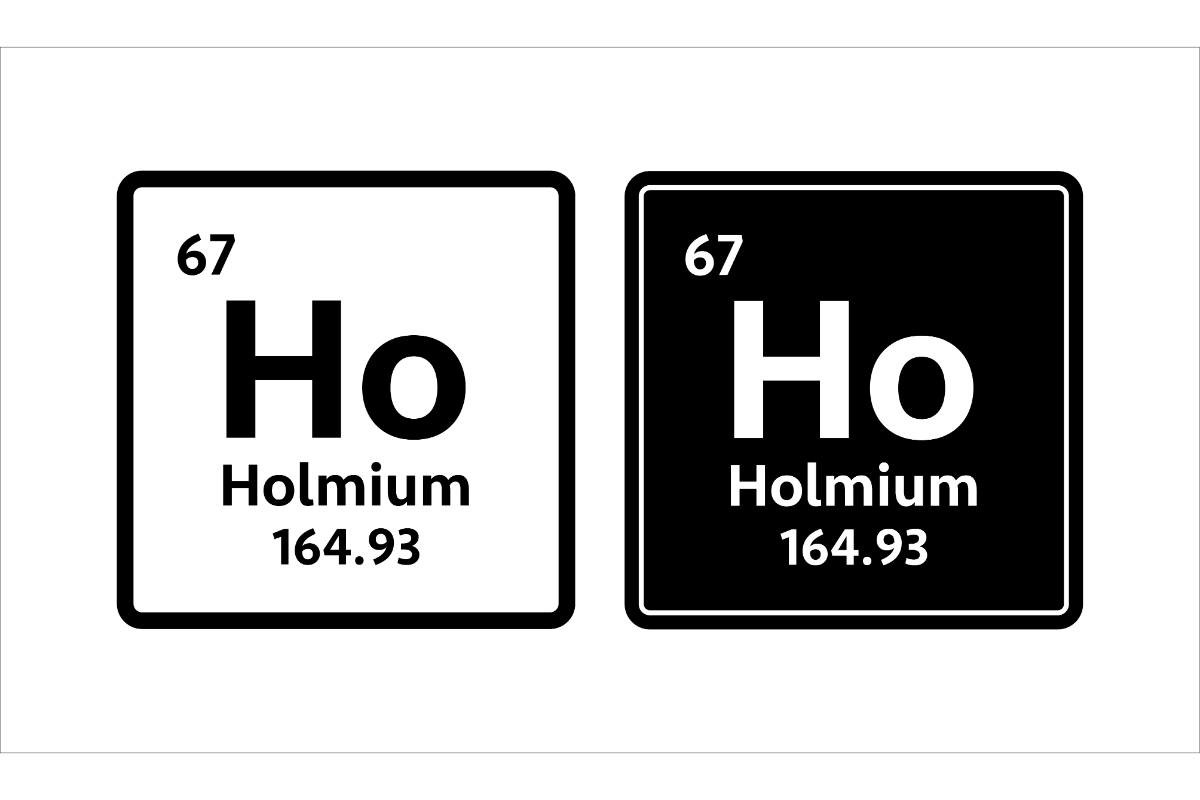
Holmium might not be a household name, but this rare earth element packs a punch in the world of science and technology. Holmium is a silvery-white metal, part of the lanthanide series on the periodic table. It was discovered in 1878 by Swedish chemist Per Teodor Cleve. This element is known for its high magnetic strength, which makes it incredibly useful in various applications, from nuclear reactors to medical devices. Holmium also plays a crucial role in creating powerful magnets and lasers. Its unique properties make it a subject of fascination for scientists and engineers alike. Ready to learn more? Let's dive into 29 intriguing facts about Holmium!
What is Holmium?
Holmium, a rare earth element, belongs to the lanthanide series on the periodic table. Named after Stockholm (Holmia in Latin), it has unique properties and applications.
- Holmium's symbol is Ho and its atomic number is 67.
- It was discovered by Marc Delafontaine and Jacques-Louis Soret in 1878.
- Holmium is relatively soft and malleable, making it easy to shape.
- It has a silvery-white appearance, typical of many rare earth metals.
- Holmium is not found free in nature but occurs in minerals like monazite and gadolinite.
Physical Properties of Holmium
Holmium's physical characteristics make it stand out among other elements. These properties are crucial for its various applications.
- Holmium has a melting point of 1,474°C (2,685°F).
- Its boiling point is 2,700°C (4,892°F).
- The element has a density of 8.79 grams per cubic centimeter.
- Holmium is highly paramagnetic, meaning it is strongly attracted to magnetic fields.
- It has the highest magnetic moment of any naturally occurring element, making it extremely useful in magnetic applications.
Chemical Properties of Holmium
Holmium's chemical behavior is equally fascinating. It reacts with various substances, showcasing its versatility.
- Holmium reacts slowly with oxygen to form a yellow oxide layer.
- It is relatively stable in dry air but tarnishes in moist air.
- Holmium reacts with water to form holmium hydroxide and hydrogen gas.
- It dissolves in acids, producing holmium salts.
- Holmium compounds are typically trivalent, meaning they form ions with a +3 charge.
Uses of Holmium
Holmium's unique properties make it valuable in several fields, from medicine to technology.
- Holmium is used in laser surgery, particularly in urology and orthopedics.
- Holmium lasers are effective in breaking down kidney stones.
- It is used in nuclear reactors as a burnable poison to regulate the fission process.
- Holmium is added to glass and cubic zirconia to create special optical filters.
- It is used in high-strength magnets and magnetic refrigeration due to its high magnetic moment.
Interesting Facts About Holmium
Beyond its practical uses, holmium has some intriguing trivia associated with it.
- Holmium's name is derived from Holmia, the Latin name for Stockholm.
- It is one of the least abundant rare earth elements in the Earth's crust.
- Holmium has no known biological role and is considered to have low toxicity.
- It can absorb neutrons, making it useful in nuclear applications.
- Holmium oxide is used as a colorant for glass and ceramics, producing a yellow or red color.
Holmium in Research and Development
Holmium continues to be a subject of scientific research, leading to new discoveries and innovations.
- Researchers are exploring holmium's potential in quantum computing due to its magnetic properties.
- Holmium-doped fibers are used in fiber-optic technology to amplify signals.
- Studies are being conducted on holmium's use in cancer treatment, particularly in targeted radiotherapy.
- Holmium's unique properties make it a candidate for advanced materials in aerospace and defense industries.
Holmium's Unique Role in Science
Holmium stands out in the world of elements. Its magnetic properties make it a key player in scientific research and medical technology. From lasers used in surgery to nuclear reactors, holmium's versatility is impressive. It's not just a scientific curiosity; it's a practical element with real-world applications.
Understanding holmium helps us appreciate the complexity and interconnectedness of the periodic table. Each element, including holmium, has a unique story and purpose. Whether you're a student, a science enthusiast, or just curious, knowing about holmium enriches your knowledge of the natural world.
So next time you hear about lasers or magnetic fields, remember holmium's role. It's a small but mighty part of the scientific landscape, proving that even the lesser-known elements can have a big impact.
Was this page helpful?
Our commitment to delivering trustworthy and engaging content is at the heart of what we do. Each fact on our site is contributed by real users like you, bringing a wealth of diverse insights and information. To ensure the highest standards of accuracy and reliability, our dedicated editors meticulously review each submission. This process guarantees that the facts we share are not only fascinating but also credible. Trust in our commitment to quality and authenticity as you explore and learn with us.
